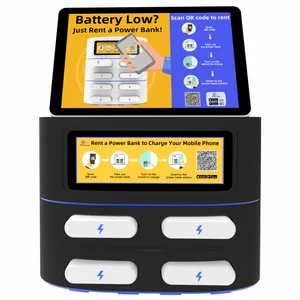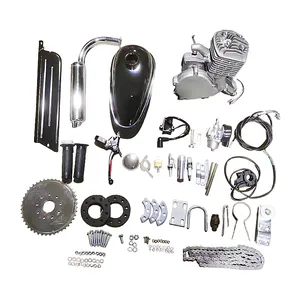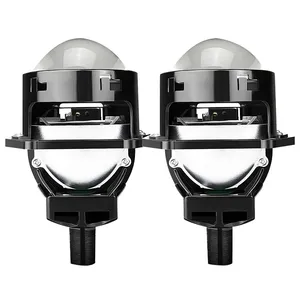Popular in your industry









































































Related Searches:
























































 Ready to Ship
Ready to Ship











 Ready to Ship
Ready to Ship












 Ready to Ship
Ready to Ship



















































Top categories
About charging stations for electronics
The concept of charging stations for electronics has become increasingly vital in our tech-driven society. These stations are designed to provide a centralized location for powering various electronic devices, from smartphones to tablets. They are engineered to cater to the needs of a fast-paced world where keeping devices charged is crucial for both personal and professional activities.
Types and Characteristics of Charging Stations
Charging stations come in various forms, each with unique characteristics to serve different needs. For instance, wireless telephone chargers are designed for convenience, allowing users to charge without the hassle of cables. On the other hand, multiple cell phone charging stations are ideal for environments like airports or conference centers, where the need to charge numerous devices simultaneously is common. There are also specialized charging kiosks that cater to public spaces, often equipped with secure lockers and fast-charging capabilities. Each type is tailored to specific scenarios, whether it's for personal use or catering to the masses in a commercial setting.
Structure and Operation of Charging Stations
The physical components of a charging station include charging docks, ports, and often, wireless charging pads. These components work in unison to deliver power to devices. For example, a docking station for cell phones may include multiple wired connections with USB or Type-C ports, while also offering a wireless charging pad for devices that support inductive charging. The operation is designed to be user-friendly; devices are simply placed on the dock or connected via cable, and charging begins automatically, regulated by intelligent circuitry to optimize the charging speed and protect against overcharging.
Materials and Their Properties
Materials used in charging stations are chosen for their durability, conductivity, and safety. PC fireproof material is commonly used for its high melting point, reducing the risk of fire hazards. Aluminum alloy is favored for its excellent heat dissipation properties, which is crucial for preventing overheating during fast charging sessions. Recycled materials are also increasingly popular, reflecting a commitment to sustainability without compromising on performance or safety.
Business Usages and Applications
In the business realm, charging stations are indispensable. In retail settings, a cell phone charging stand can enhance customer experience, encouraging longer visits. Offices utilize charging ports for cell phones to boost productivity, ensuring employees' devices are always powered. In the hospitality industry, offering a cell phone charging kiosk adds a touch of convenience for guests. These applications not only create business value but also support operational efficiency and customer satisfaction.
Functions and Tasks
Charging stations for electronics are designed with a primary function: to charge devices quickly and safely. Advanced models include smart functions like power adjustment, which detects the optimal charging rate for each device. Some stations also offer data sync capabilities, allowing devices to backup or transfer data while charging. The versatility of these functions makes charging stations a multifaceted tool in both personal and professional settings.
Distinctive Features and Capabilities
The distinctive features of modern charging stations include wireless portable phone chargers that allow for charging on the go, and multiple cell phone charging stations with individual LED indicators to show charging status. Some stations are equipped with smart sensors to prevent overcharging, and others have customizable skins or branding options for businesses to promote their brand.
Benefits and Positive Outcomes
The benefits of using a charging station are extensive. They provide a centralized power source, reduce cable clutter, and ensure that devices are ready for use when needed. For businesses, they can be a subtle yet powerful tool for enhancing customer experience and loyalty. For individuals, they offer the convenience of charging multiple devices without the need for numerous outlets and adapters.
How to Use and Operate Effectively
Operating a charging station is straightforward: plug it into a power source, and connect your devices. For wireless charging, place the device on the charging pad. It's important to ensure that the station is placed in a well-ventilated area to prevent overheating and to use the correct port or pad for your device to maximize charging efficiency.
Choosing the Right Charging Station
When selecting a charging station, consider the number and type of devices you need to charge, the charging speed required, and any additional features like wireless charging or portability. For businesses, stations that offer fast charging and can accommodate a large number of devices simultaneously are ideal.
Cleaning and Maintenance Guidelines
To clean a charging station, unplug it and use a soft, dry cloth to wipe down the surface. Avoid using water or cleaning solutions that can seep into the electrical components. Regular maintenance includes checking for damaged cables or ports and replacing them as necessary to ensure safety and functionality.
Installation Tips
Installing a charging station typically involves positioning the station in a stable location, connecting it to a power source, and if necessary, securing it to prevent theft. For more complex setups, such as charging kiosks, professional installation may be required to ensure proper electrical integration and security measures.
Target Audience and Meeting Needs
The target audience for charging stations is broad, encompassing anyone who uses electronic devices. However, specific models are geared towards different demographics. For example, a wireless android tablet charger may appeal to tech-savvy users, while a multiple cell phone charging station might be targeted towards busy professionals or families with multiple devices.
What are the safety features of these charging stations?
Safety is paramount when it comes to charging stations for electronics. They are equipped with multiple protection features such as over-charging, overvoltage, overcurrent, and OVP to safeguard both the station and the connected devices. The use of fireproof materials also adds an extra layer of security.
Can these stations support fast charging for all devices?
While many charging stations support fast charging, the actual speed will depend on the device's compatibility with the fast-charging standard offered by the station. Devices that support PD 3.0 or similar technologies can take advantage of rapid charging features where available.
Are these charging stations portable?
Portability varies across different models of charging stations. Some are designed to be stationary, ideal for fixed locations like offices or lounges, while others are lightweight and compact, such as wireless portable phone chargers, making them suitable for travel or temporary setups.

















































